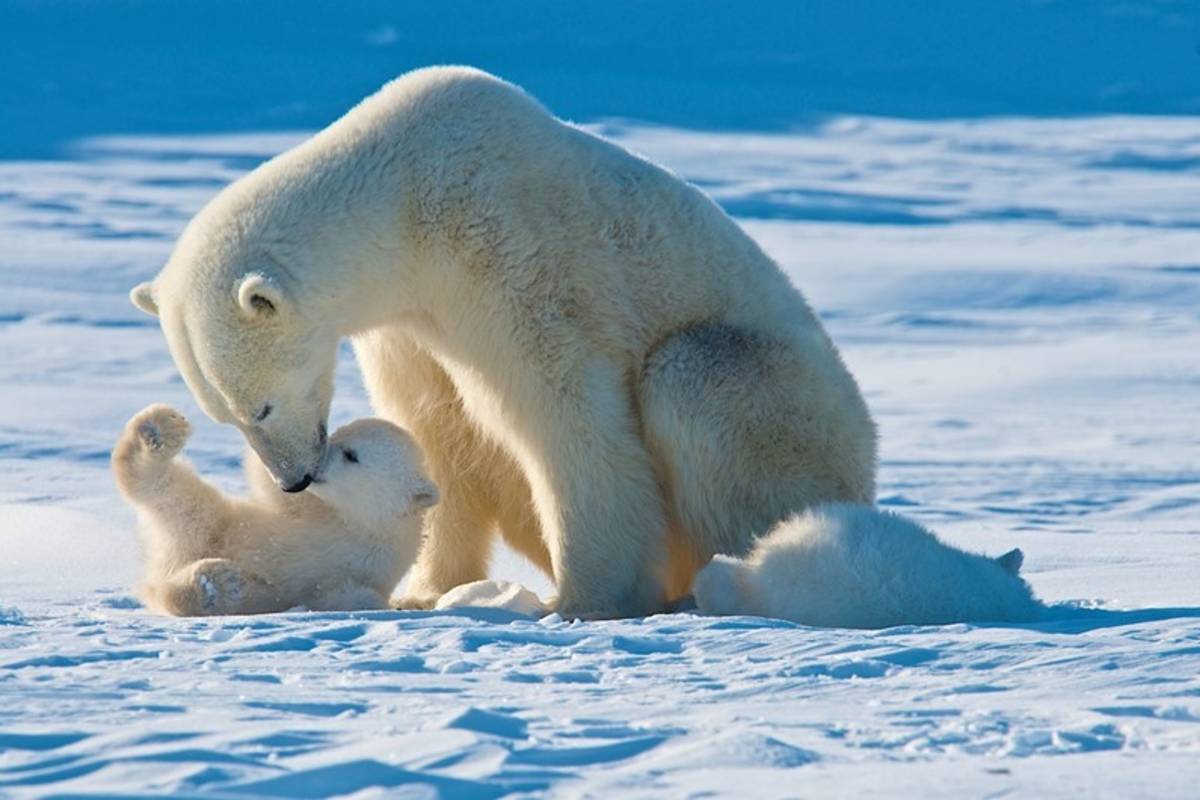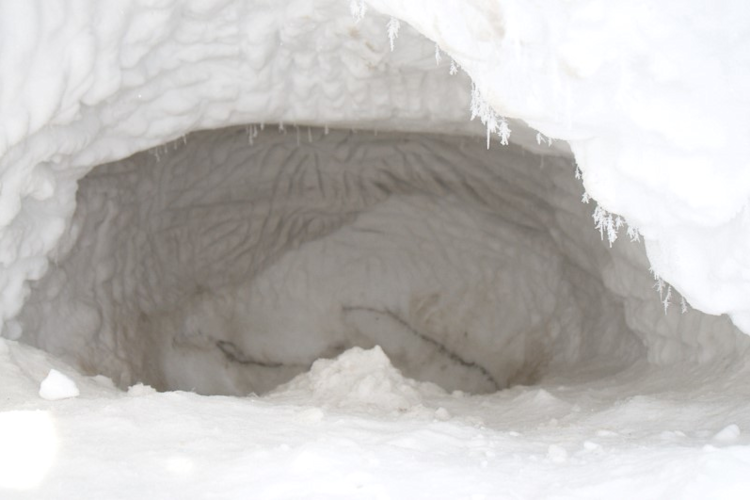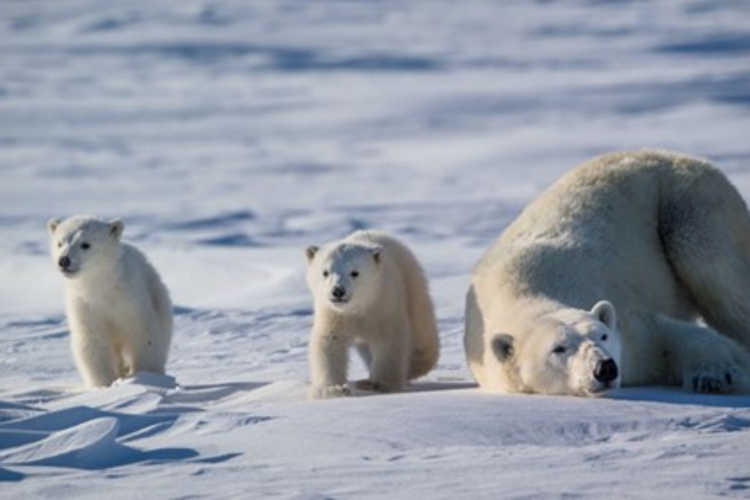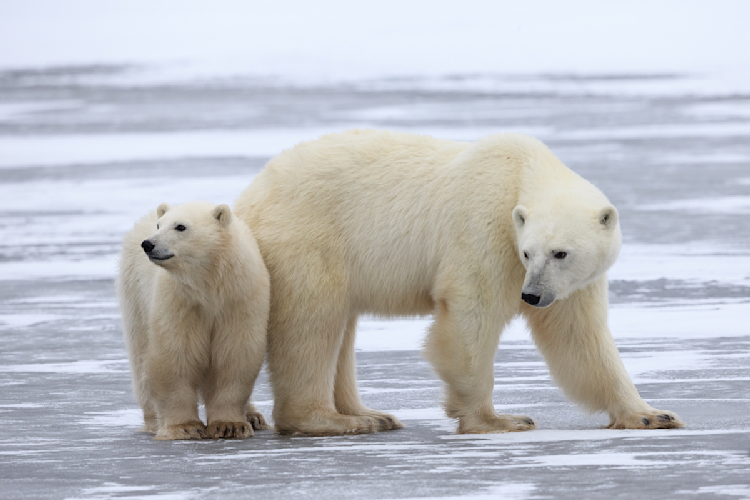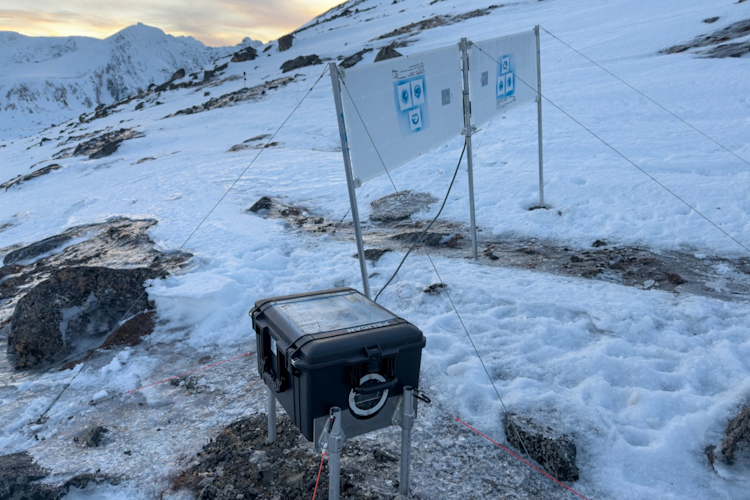When it comes to polar bear dens and disturbance, both the distance and the intensity of human activity appear to make a big difference in outcomes. That’s the conclusion of a new study my colleagues and I published today in the journal Arctic.
The research team, composed of scientists from Brigham Young University and Polar Bears International, analyzed the responses of denning bears to human activities on Alaska’s North Slope. This study represents the first summary analysis of responses by denning bears across a range of years and disturbances.
“The findings will be extremely useful to managers when setting guidelines for industrial activities in polar bear denning areas in Alaska and elsewhere,” said lead author Wesley Larson of Brigham Young University.
Years of field research
In addition to Larson, the team included Dr. Tom Smith of Brigham Young University and me. Between us, we have decades of experience with bears, (polar, brown, and black), denning polar bears, polar bear-human conflict, and Arctic research.
We based our study on visual observations made by biologists during the polar bear denning period in from den excavation through emergence, gathered from multiple sources over 42 years.
“Den emergence” refers to the period when a polar bear family breaks free of the snow den where the cubs were born, a phase when they start to venture out into the world for short intervals. During this period, which can last up to two weeks, the family spends most of the time sheltered in the den. They depart from the den site for good when the mom decides her cubs are strong enough to follow her to the sea ice, where she’ll replenish her fat reserves by hunting seals.
